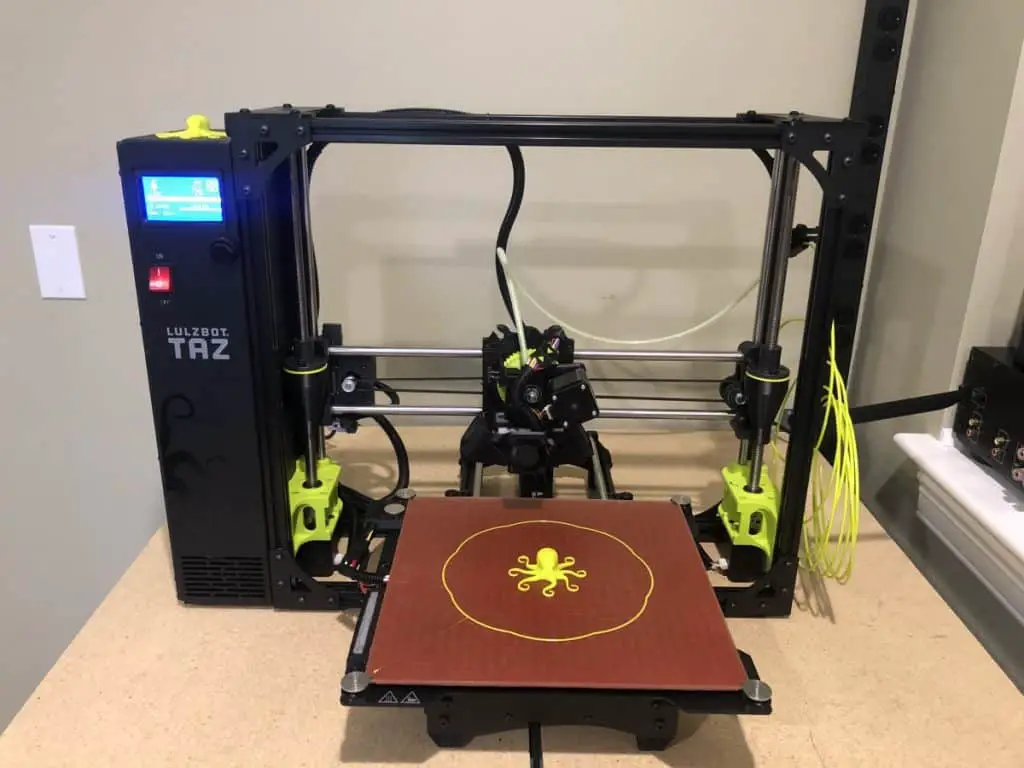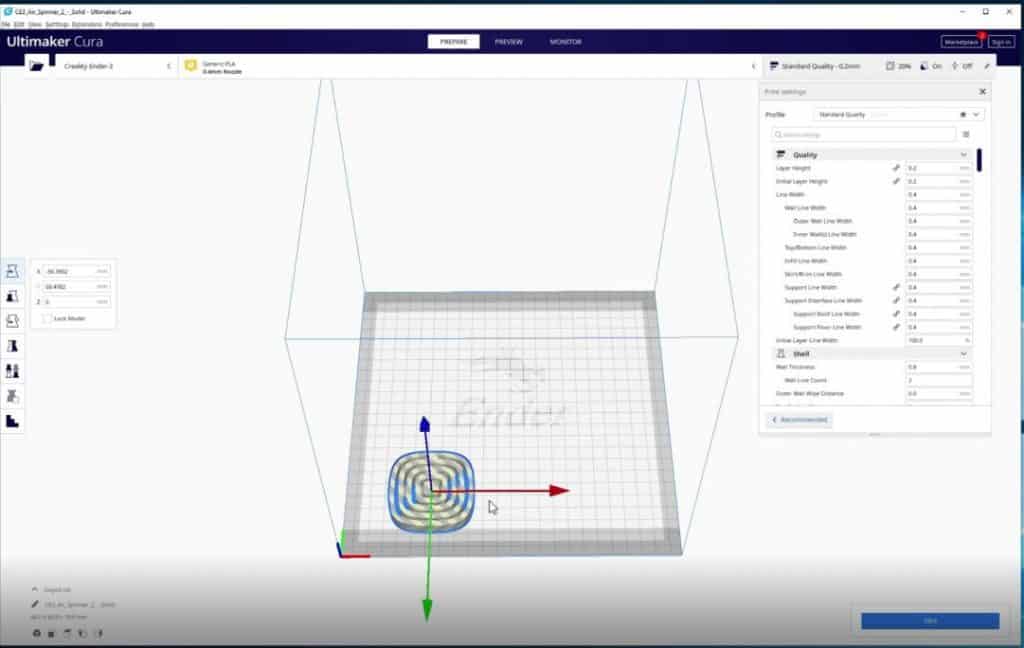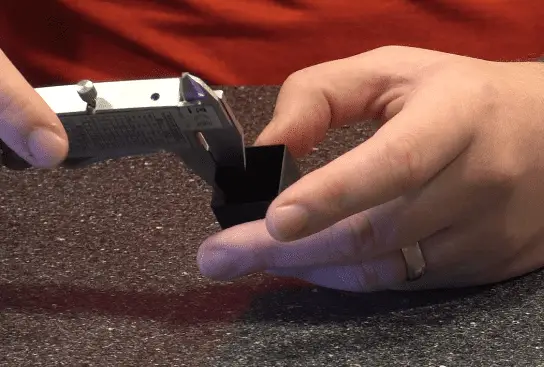Size has always been a good topic when it comes to conversations regarding 3D printers. In most cases, people talk about how small a 3D printer can print because smaller prints equal more accurate prints. However, it also matters how big a 3D printer can print because there might be some people who want to print larger models. So, what is the size limitation of 3D printing?
The size limitation of 3D printing will depend entirely on the specifications of the 3D printer. Some 3D printers may allow you to print a 6x6x6-inch model while others may allow you to go for 12x12x12 inches. But there are some production-level 3D printers that go for 36x36x36 inches.
What you need to know about the size limitations of 3D printing is that the limits are all dependent on the machine that you have. Larger and more expensive 3D printers should be able to give you bigger models. Meanwhile, smaller 3D printers are naturally not as capable when it comes to delivering large 3D models.

How big can a 3D printer print?
When it comes to 3D printers, we know for a fact that these machines are capable of printing out amazingly accurate 3D designs of models that are digitally created. And they do so from the ground up as they piece together different polymer particles to create one larger micromodel.
However, while most people create practical models whenever they are using their 3D printers, there are some people who try to test the limits of 3D printers by printing models that are microscopically small. But while some 3D printers are capable of doing that, what about their capabilities in terms of how big they can print? What are the size limitations of 3D printing?
The thing that you need to know about 3D printing is that the capability of the 3D printer depends entirely on the specifications of the machine. This is similar to any other machine or technology on the planet because what the 3D printer can or cannot do will depend almost entirely on what its capabilities can or cannot do. As such, the size limitations of 3D printing will depend almost entirely on the 3D printer that you have.
In most cases, commercially sold 3D printers that are on the smaller side may be able to create 3D models that are about 6x6x6 inches or around 152x152x152 millimeters. That is because smaller and cheaper 3D printers are not as capable as their larger counterparts. However, there are some commercially sold 3D printers made for hobbyists that can still print somewhere around 12x12x12 inches. But these tend to be more expensive than their smaller counterparts.
Here is a list of common printers sold on Amazon.com and the print size.
| Printer | Build Volume |
|---|---|
| Ender 3 Pro | 220x220x250mm |
| Ender 5 Plus | 350x350x400mm |
| Prusa i3 MK3S | 250x210x210mm |
| CR-10 v3 | 300x300x400mm |
| ELEGOO Mars 2 Pro | 5.62×3.5×6.8in |
On the other hand, if you are willing to spend $20,000 to $100,000 on a 3D printer, you may be able to get your hands on a larger and more powerful manufacturing-level 3D printer capable of printing up to 36x36x36 inches. Then again, there are also some expensive 3D printers that are still limited to the size of their prints because they focus more on accuracy than size.
It’s also worth meeting that there are now specialty 3d printers that are capable of printing small boats and houses. I don’t consider these to be in the same league as a standard 3d printer so I didn’t go into too much detail about them in this article, but here is a video covering the boat if your interested.
So, with that said, what you need to know if you want to test the limits of what your 3D printer can do are its specifications. You would have to look at the machine’s specifications to know how big of a 3D model it can print out so that you will know whether or not the model you want to print is too big for your 3D printer. Or, if you are looking to print larger 3D models, you should shop for larger 3D printers instead of smaller ones, which are usually for hobbyists and at-home craft makers.
Are the size limitations always accurate?
As mentioned, the size limitation of a 3D printer will almost always depend on what the specifications of the 3D printer can do. That means that you have to know the specs first before you try to print something that may be too large for the machine to print out. But are the size limitations on the specifications always accurate?
When manufacturers specify the maximum print area on their 3D printer, that is what the machine can theoretically print. That means that there is no real proof that the 3D printer can print something as large as what the specifications say. However, that doesn’t also mean that they can’t print whatever a 3D model that adheres to the exact size of the maximum print area that is specified by the manufacturers.

In an attempt to test out the limits of some 3D printers and whether or not their maximum print area specifications are precise, a contributor from www.zdnet.com was able to try several 3D printers. You can check out his experiment here if you want a more in-depth explanation of his results.
So, basically, in his experiment, what he found was that there were certain 3D printers that weren’t as accurate as their specifications say they are such that there are some millimeters missing. Take note that we are using millimeters instead of inches here because an inch is too big of a discrepancy.
In the experiment, it was found that the MakerBot Replicator+ was 3 millimeters off in the specified width and depth but was accurate in terms of height. Meanwhile, the Ultimaker 3 had discrepancies that are more than just a few millimeters as its specified depth discrepancy was around 20 millimeters. However, there are some 3D printers that are actually accurate such as the LuzBot Mini.
With that said, there are 3D printers that aren’t entirely accurate when it comes to their size limitations because, again, the specified maximum print area is just theoretical and not actual. That basically means that there are bound to be discrepancies in the results of some 3D print jobs, although the discrepancies may also vary from time to time. But that also means that there are some 3D printers that may be able to turn out accurate results. It really all depends on the 3D printer that you have.

So, now that you know that 3D printers aren’t always accurate in terms of their size limitations, what does that mean for you?
Basically, that means that there is no reason for you to freak out or feel disappointed about the discrepancies in some 3D printers. That is because the discrepancies between the theoretical and the actual size limitations aren’t too big such they are more than an inch. There are even discrepancies that are only a few millimeters.
However, when you are shopping for a 3D printer, it still is best to make sure that you go for a 3D printer that you know can churn out accurate 3D prints when you want to maximize the size limitations of the 3D printer. That is because some 3D printers might not be too accurate while others are.
But we recommend that it is best for you to go for a 3D printer that has a larger theoretical size limitation than the size of the 3D model you want to print. By always going under the theoretical size limitations, you can be sure that you won’t be pushing the machine to the limits of its size capabilities. This will allow you to minimize the discrepancies in the size of your 3D model.
Related Articles
- How Often Do I Need To Calibrate My 3D Printer?
- Best 3D Printing Infill Pattern – Complete Details Inside!
- Why Is 3d Printing Slow?
- Do 3D Printers Use a Lot of Power? (The Numbers Inside)
- Create a Temperature Tower Using Cura – The Easy Way
- 3D Printing Blobs and Zits: Tips to Avoid Them
Make sure you check out our YouTube channel, and if you would like any additional details or have any questions, please leave a comment below. If you liked this article and want to read others click here.
